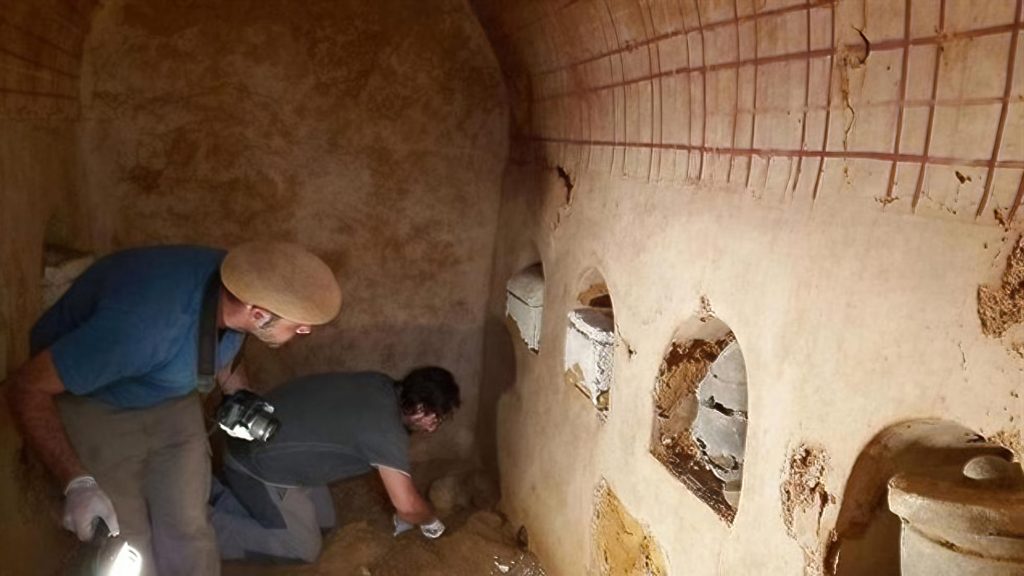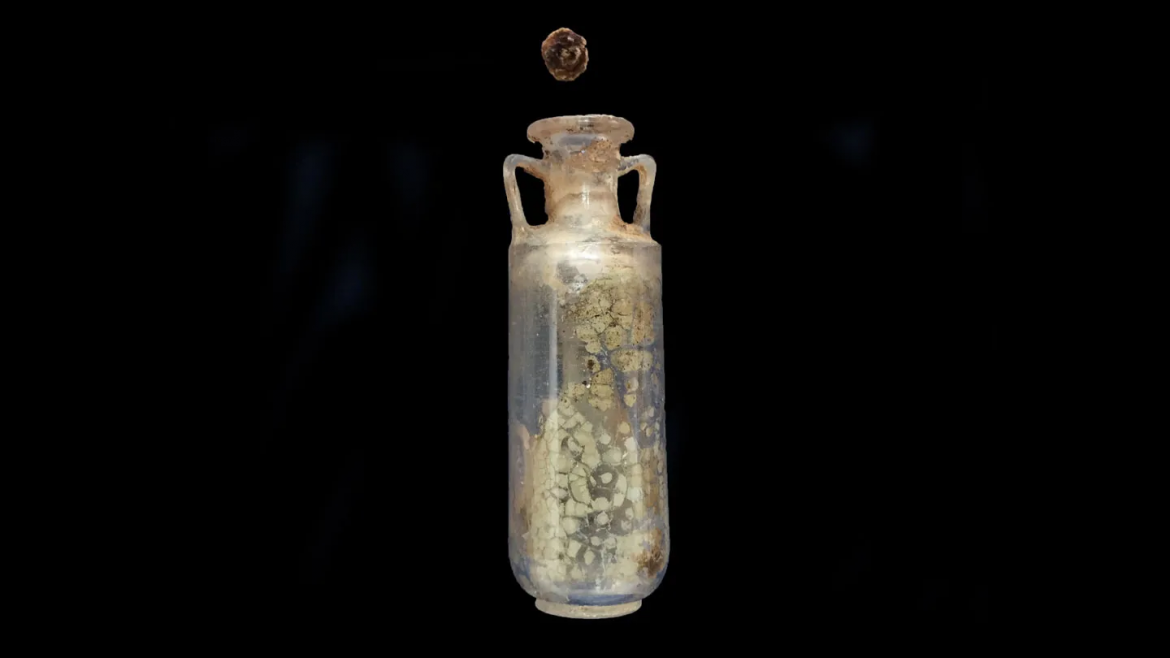Oleo-resins, scented oils from aromatic plants such as Jasmine, along with other woods, incense, and perfumes lost to us today, tell us what Ancient Carthaginians smelled like.
The Smells of Carthage
Some evidence from several tombs at Carthage indicates that some bodies most likely of wealthy, priests or other elites were subsumed in what have been termed “resin baths,” in one instance forming a smooth-surfaced resinous bubble-filled layer at the bottom of a sarcophagus, encasing the skeletal remains.
Late twentieth-century testing determined these were likely composed primarily of the oleo-resin of the Pistacia terebinthus, or Chio terebinth, though some of the resins were probably perfumed with aromatic plants or other additives.
Similar Reads:
- Carthaginian Trade: Trade Routes of Ancient Carthage
- How Carthaginians Helped Shape What We Eat Today
Researchers have previously revealed that a base or binder of olive oil was usually among ingredients of any perfume, which would help facilitate the application and preservation of the aroma.
Most scholars worldwide agree that perfumed oils were often part of the burial rituals in tombs during the Ancient Carthage era. Olive, sesame, linseed/flax, and almond oils were used as liquid carriers for other scented additives or spices, and animal fat could be used for thicker scented or medicated unguents.
Molecular traces of essential oils from aromatic plants such as jasmine were found in sediment tested from a sixth-century BCE monumental tomb in Carthage, suggesting the body was anointed or dressed in scented animal fat and perfumed oil.
Of the most recent discoveries, in 2019, Juan Manuel Román, an archaeologist at Pablo de Olavide University in Seville, Spain, was called to the small town of Carmona. Residents were constructing a swimming pool and had uncovered an intact Roman family tomb from the 1st century AD with six burial urns still in place.

The tomb, undisturbed for two millennia, was the final resting place for three men and three women. Among the funerary offerings to a woman was a bottle carved from quartz crystal, sealed with a bitumen stopper and with its congealed contents preserved inside. Using state-of-the-art scanning techniques like X-ray diffraction, dispersion X-ray spectroscopy, and scanning electron microscopy, experts were able to determine the exact composition of the substance inside the vessel without opening it.
That the bottle would contain scented oil – a common offering in Roman and Carthaginian graves – was not in itself a surprise but the precise essence was of great interest. Analysis revealed the perfume was made of two ingredients: abase of olive oil and Patchouli. This surprisingly well-preserved perfume bottle is providing a rare olfactory window to ancient Carthage and Rome era.

With all the discoveries and available data we have so far, one can tell that each funeral in the Ancient Carthage rituals was likely unique, fragranced by combinations of scents specific to that family, place, or ritual community, though drawing from a limited palate of appropriate and symbolic aromatic substances: myrrh, bdellium, cedar, sycamore, almond, terebinth, along with other woods, resins, incense, and perfumes lost to us today.
Some families with lavish resources may have incorporated large quantities of myrrh, what looks like the most expensive of these options as far as it is known, while others might have used valuable oleo-resins more sparingly when they could get any at all.
Whatever the final bouquet, in these various Carthaginian mortuary settings would have evoked at the same time the mortal and divine spheres, the living and deceased, and would have aided the transition into the permanent, undisturbed resting place of the ideal Phoenician tomb.
Suggested Reads:
If you would like to comment on this article or anything else you have seen on Carthage Magazine, leave a comment below or head over to our Facebook, X and Instagram pages. You may also message us via this page.
And if you liked this article, sign up for the monthly features newsletter. A handpicked selection of stories from Carthage Magazine, delivered to your inbox.

